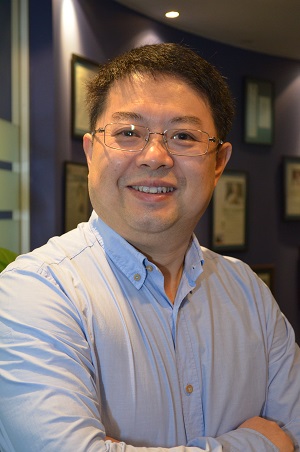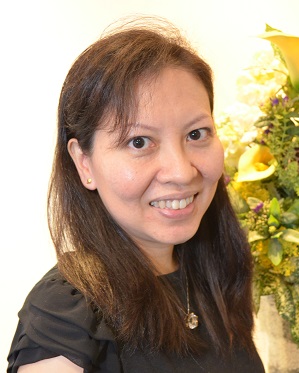 "China's pharmaceutical market has huge potential for development," said Pharmesis founder and Executive Chairman Jiang Yun.
"China's pharmaceutical market has huge potential for development," said Pharmesis founder and Executive Chairman Jiang Yun.
NextInsight file photoLAST YEAR, fewer than 20% of the PRC companies listed in Singapore posted net earnings growth. Pharmesis International was one of the rare few, with profit attributable to shareholders of Rmb 2.5 million for FY2015, compared to a loss of Rmb 3.8 million a year ago.
Things are looking up for this pharmaceuticals manufacturer based in Sichuan.
“We will capture a greater market share for Er Ding Granules when we overcome our production bottleneck because we lead the market both in quality as well as price,” said Pharmesis Executive Chairman Jiang Yun at the Group’s results briefing on Tuesday.
The Group is expanding its capacity to fix a production bottleneck for its best-selling flu medication, Er Ding Granules. The average selling price for this product has been creeping up. What's more, its receivables cycle is coming down because of greater focus on this best-seller that distributors pay upfront for.
“We also intend to roll out one new product in the first half of this year,” said Mr Jiang.
The Group has two GMP-certified factories currently – one in Chengdu and the other in Guilin. The management intends to use its Chengdu factory for the new product and launch it in April during a trade conference.
“With an expanded production capacity, we are looking to launch a second new product during the second half of this year,” he added.
For more information on its financial results, click here.
|
Below is a summary of questions raised at the meeting and the replies provided by Mr Jiang and the Group's Financial Controller, Shelliane Tee. Q: Will the brand value of your Er Ding Granules be affected when consumers see that it is selling at a lower price?
Q: Why is your geographic reach so fragmented? So far, our sales network has reached Zhejiang, Shenzhen, Sichuan, Guangdong, Jiangsu and Shanghai. Our Er Ding Granules has relatively greater market penetration compared to other products that we carry: This product is also distributed to Anhui, Hebei, Henan and part of Shandong. Er Ding Granules treats symptoms for the common flu such as fever, cough, throat inflammation and heatiness. There is high demand for this OTC product in rural areas because residents there are more likely to administer self-prescribed remedies rather than see a physician in a hospital. We are selling this product at between Rmb 6.50 to Rmb 6.90 per box (factory gate price). As an OTC product, its gross margin of 20% is lower than for our prescriptive pharmaceutical products. The good thing is: Selling and distribution costs for OTC pharmaceutical products are significantly lower compared to prescriptive products.
Q: What are you capex plans for 2016? We intend to increase our capacity to reach 20 million to 30 million boxes a year.
Every province has a separate tender process for suppliers of prescriptive pharmaceutical products. This takes place one to 3 times a year, depending on the geographic area. |



